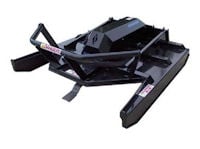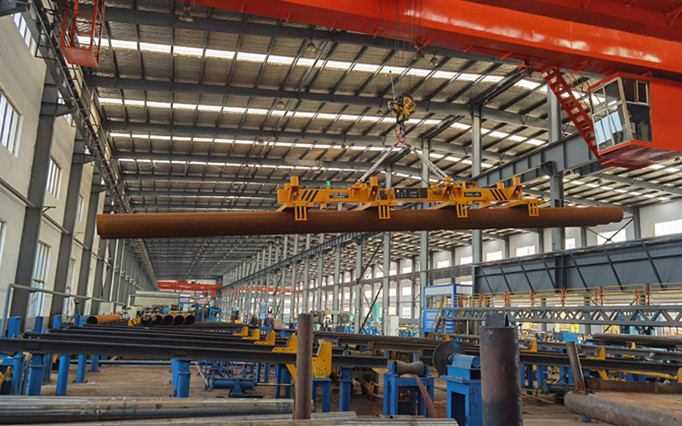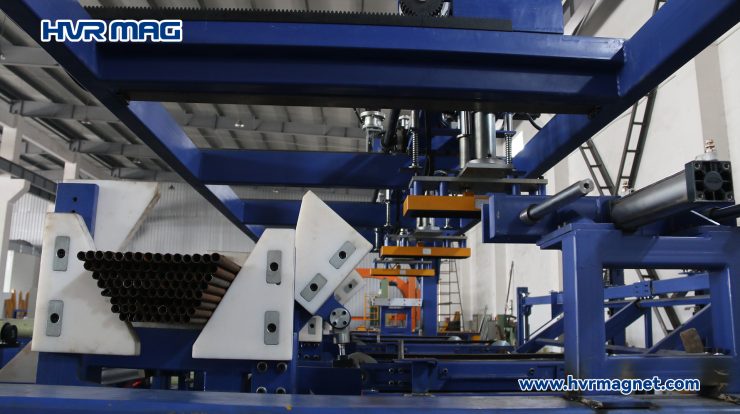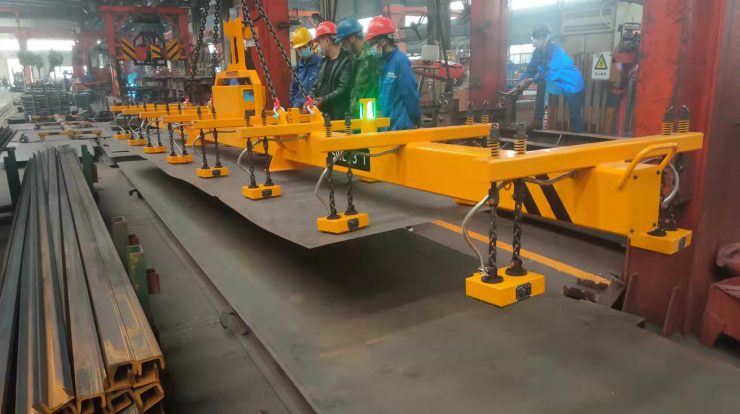How Excavator Telescopic Arms Empower Operators Daily
In the world of construction and heavy machinery, excavators are true giants. Their ability to perform intricate tasks with astonishing precision is largely owed to one remarkable feature: the telescopic arms. These versatile mechanical wonders extend the reach and capabilities of excavators, revolutionizing daily operations across various industries. In this article, we will delve into the fascinating world of excavator telescopic arms, exploring their design, functionalities, and how they empower operators to accomplish tasks that were once deemed impossible.

-
The Evolution of Excavator Telescopic Arms:
Excavators have come a long way since their inception in the late 19th century. Initially limited by their fixed-length arms, early excavators could only operate within a constrained range. However, the advent of telescopic arms marked a turning point in their evolution. These arms, equipped with a system of hydraulic cylinders, enabled operators to extend and retract the arm sections, vastly expanding their reach.
-
Precision in Motion: How Telescopic Arms Work:
Excavator telescopic arms rely on hydraulic power to extend and retract their sections effortlessly. A hydraulic cylinder, connected to each section, propels the arm’s movement. By adjusting the hydraulic pressure within the cylinders, operators can control the extension and retraction speed with exceptional precision. This precise control allows for delicate operations, such as lifting and placing heavy objects with utmost accuracy.
-
Versatility Unleashed: Diverse Applications:
The daily use of excavator telescopic arms spans a wide range of applications. From construction sites to mining operations, their versatility knows no bounds. These arms excel at tasks such as digging trenches, reaching over obstacles, and maneuvering in confined spaces. They facilitate the lifting and placement of heavy materials, aiding in the assembly of structures and the loading and unloading of cargo. Additionally, telescopic arms find extensive use in the forestry industry, enabling operators to reach tall trees for trimming or removal.
-
Enhanced Efficiency and Safety:
The incorporation of telescopic arms in excavators has revolutionized work efficiency and safety. Their extended reach reduces the need for repositioning the excavator, saving valuable time and resources. Operators can access hard-to-reach areas without endangering themselves or causing damage to nearby structures. Furthermore, the precise control offered by telescopic arms minimizes the risk of accidental collisions and allows for meticulous maneuvering in delicate environments, such as urban construction sites or densely populated areas.
-
Advancements in Technology:
Continual advancements in technology have further augmented the capabilities of excavator telescopic arms. Intelligent systems now offer features like automatic height and depth control, enabling operators to maintain consistent levels during excavation. Integrated cameras and sensors provide real-time feedback, enhancing visibility and aiding in complex operations. Additionally, the integration of telematics allows for remote monitoring, diagnostics, and preventive maintenance, optimizing uptime and reducing costly breakdowns.
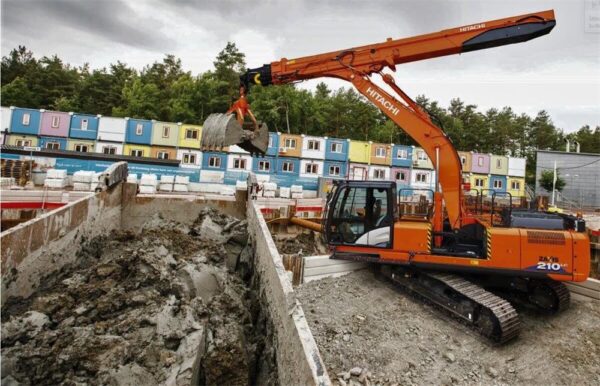
Conclusion:
Excavator telescopic arms have revolutionized the construction and heavy machinery industries, empowering operators to accomplish feats that were once unimaginable. With their remarkable reach, precise control, and diverse applications, these mechanical marvels have become indispensable tools in the modern world of excavation. As technology continues to advance, we can expect even greater capabilities from excavator telescopic arms, further enhancing efficiency, safety, and productivity in the ever-evolving realm of construction and beyond.
-
Environmental Considerations:
Excavator telescopic arms not only offer operational advantages but also contribute to environmental sustainability. By enabling operators to reach higher and wider areas without the need for additional machinery or repositioning, these arms minimize the disturbance of surrounding ecosystems. The reduced fuel consumption and emissions resulting from optimized work processes further contribute to a greener footprint. In an era where environmental stewardship is of paramount importance, excavator telescopic arms play a vital role in promoting eco-friendly practices within the construction industry.
-
Training and Skill Requirements:
Effectively harnessing the capabilities of excavator telescopic arms necessitates proper training and skill development. Operators must undergo comprehensive training programs to understand the intricacies of these complex systems. They learn to operate the telescopic arms safely, master the controls for precise movements, and comprehend the technical aspects involved. Ongoing training and knowledge updates are crucial to keep up with technological advancements and ensure optimal performance. By investing in the training of operators, construction companies can maximize the potential of excavator telescopic arms and enhance overall productivity on the job site.
-
Future Prospects and Innovations:
As technology continues to advance, the future of excavator telescopic arms holds immense potential. Researchers and engineers are constantly striving to enhance their capabilities and introduce new features. These may include enhanced automation, adaptive control systems, and integration with artificial intelligence for improved efficiency and safety. Additionally, advancements in material science may lead to lighter yet stronger arm designs, further expanding reach and lifting capacities. With ongoing innovation, excavator telescopic arms are poised to become even more indispensable in various industries, driving progress and transforming the way we undertake complex tasks.

Conclusion:
Excavator telescopic arms have revolutionized the construction and heavy machinery industries, offering extended reach, precise control, and unmatched versatility. As technology advances and environmental considerations become increasingly important, these mechanical wonders continue to evolve, empowering operators to accomplish tasks efficiently, safely, and sustainably.

